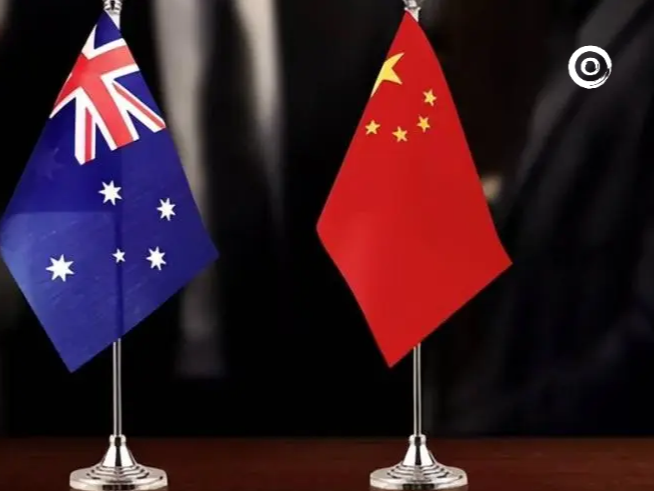- The Chinese government re-evaluated nuclear energy and renewable energy as clean and low-carbon energy and began to actively promote it
- Intensify the development of nuclear energy to give full play to the potential of nuclear energy to promote the construction of a low-carbon society

Nuclear energy is a low-emission, high-efficiency, clean energy. Safe and efficient development and utilization of nuclear energy is not only conducive to coping with global climate change, but also able to solve the increasingly severe energy demand challenges and ensure energy security. However, the Fukushima nuclear power plant accident in March 2011 put the nuclear industry into a complicated situation. In recent years, investment in nuclear energy by many countries has weakened, and the development of global nuclear energy has stalled.
In Japan, the government has not yet proposed a clear nuclear energy policy, while Germany, Belgium, and South Korea have decided to shut down nuclear power plants in the future. However, on a global scale, the demand for high fuel efficiency and zero-carbon nuclear energy is expanding, especially in emerging countries where economic and power demand is rapidly increasing.
Especially in China, it is estimated that by 2040, nuclear power generation will increase 9 times from 135 billion kWh in 2014 to 1.2 trillion kWh. By then, China’s primary energy consumption’s dependence on fossil fuels will be greatly reduced. Coal-fired power generation will account for 35% of energy consumption, followed by renewable energy at 27%, oil at 18%, natural gas at 7%, and nuclear energy at 7%.
China did not approve new nuclear power plant projects in the years following the Fukushima accident. However, the approval was resumed in 2019, and the Chinese government issued construction permits for Units 1 and 2 of the Zhangzhou Nuclear Power Plant in Fujian and Units 1 and 2 of the Taipingling Nuclear Power Plant in Guangdong. All these projects have adopted China's self-developed "Hualong One" third-generation nuclear reactor technology. On September 2, 2020, two more projects with an investment of more than 70 billion yuan were approved, namely the Hainan Changjiang Nuclear Power Phase II Project and the Zhejiang Sanao Nuclear Power Phase I Project.
In addition to building nuclear power plants at home, China has also strengthened its position as a major nuclear power exporter. In 2013, Beijing formulated a national strategy for nuclear power to “go global” and promote it together with the Belt and Road Initiative.
After the Fukushima nuclear accident, the main reason for the recovery of China's nuclear industry was that, in addition to strengthening the safety system including regulations and personnel, and the substantial increase in energy demand, China had to deal with serious domestic air pollution. In addition, the Chinese government re-evaluated nuclear energy and renewable energy as clean and low-carbon energy, and began to actively promote it. For example, the goal of the Chinese government is to turn Hainan into a "clean energy island." Nuclear power currently accounts for nearly one-third of Hainan's power supply. Editor/Sang Xiaomei
Comment
 Praise
Praise
 Collect
Collect
 Comment
Comment
 Search
Search














Write something~